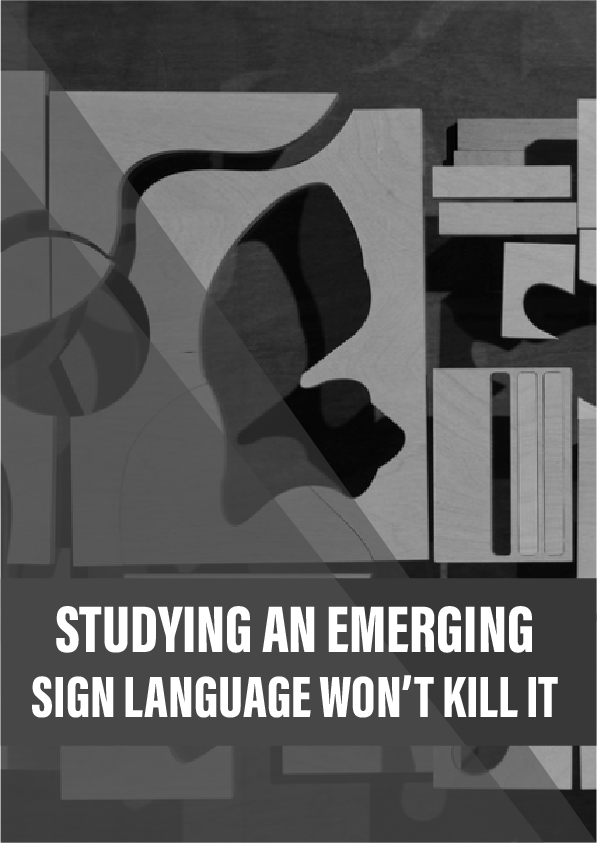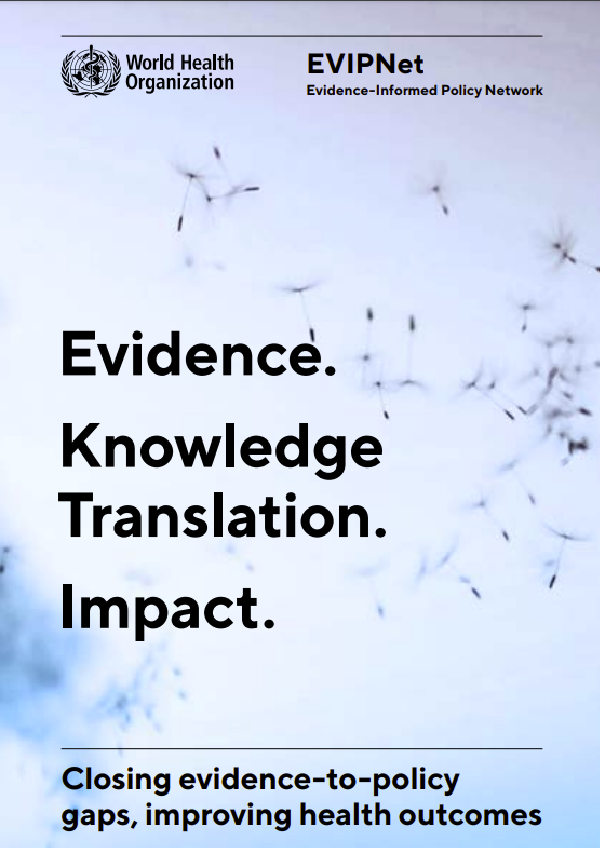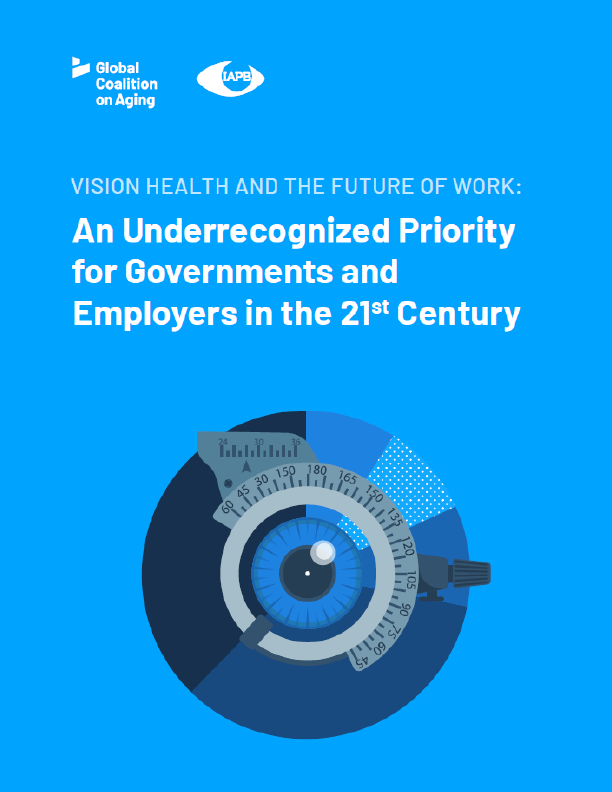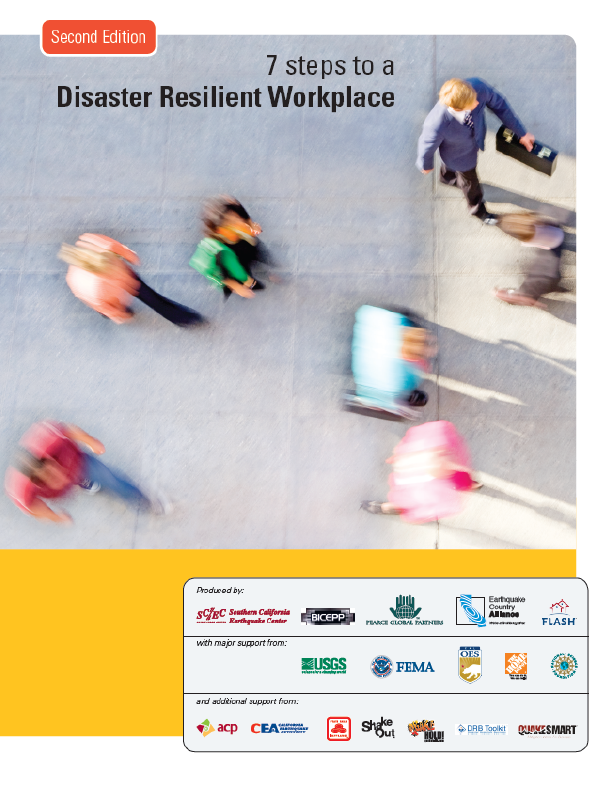Emerging sign languages could reveal how all language evolved – but keeping these fragile languages isolated for research may mean the people who rely on them lose out.
Connie de Vos was sitting on her hands. It was 2006, her first stay in the Balinese village of Bengkala, and visitors had come every night to her house, sitting on the floor of the front patio, eating fruit- or durian-flavoured candies and drinking tea. About eight to ten people were there now, hands flitting in the shadows, chatting away in Kata Kolok, the local sign language: Where is the next ceremony? When is the next funeral? Who just died?
Kata Kolok was created in Bengkala about 120 years ago and has some special features, such as sticking out your tongue to add ‘no’ or ‘not’ to a verb. And unlike American Sign Language (ASL), in which people move their mouths silently as they sign, you also smack your lips gently, which creates a faint popping sound, to indicate that an action has finished.
“If you walk through the village at six, people start to take their baths, getting ready for dinner,” De Vos recalls. “You can hear this sound – pah pah pah – all through the village.”
A graduate student at the Max Planck Institute for Psycholinguistics at the time, De Vos had come to Bengkala to be the first linguist to map Kata Kolok’s grammar and list all of its signs. At that time, she says, it was “kind of untouched”, having emerged in an isolated community with a relatively high number of deaf people. Like similar ‘village sign languages’ that were starting to be identified in the 2000s, it was rich research material. She knew that being first to describe it would be a feather in her cap.
But studying any phenomenon risks changing it. Archaeologists know that breathing inside an ancient tomb can raise its humidity, while zoologists attracting wild chimpanzees with food have to hope it doesn’t alter the politics of the troop.
Reference:
- The 1999 New York Times Magazine profile referred to in this story is available from the magazine’s archive, as is the letter from Felicia Ackerman.
- The island of Martha’s Vineyard, USA, also had high rates of deafness and its own sign language, as Joshua Friedman explains.
- Michael Erard wrote about Chatino Sign Language in Oaxaca for Al Jazeera in 2014.
- Rabia Ergin gave a TED Talk in 2015 about CTSL and her research.
- Matt Alesevich wrote about Bengkala for Vice last year.
- Ulrike Zeshan led a collaboration with UNESCO and the Foundation for Endangered Languages to create a map of endangered sign languages.











